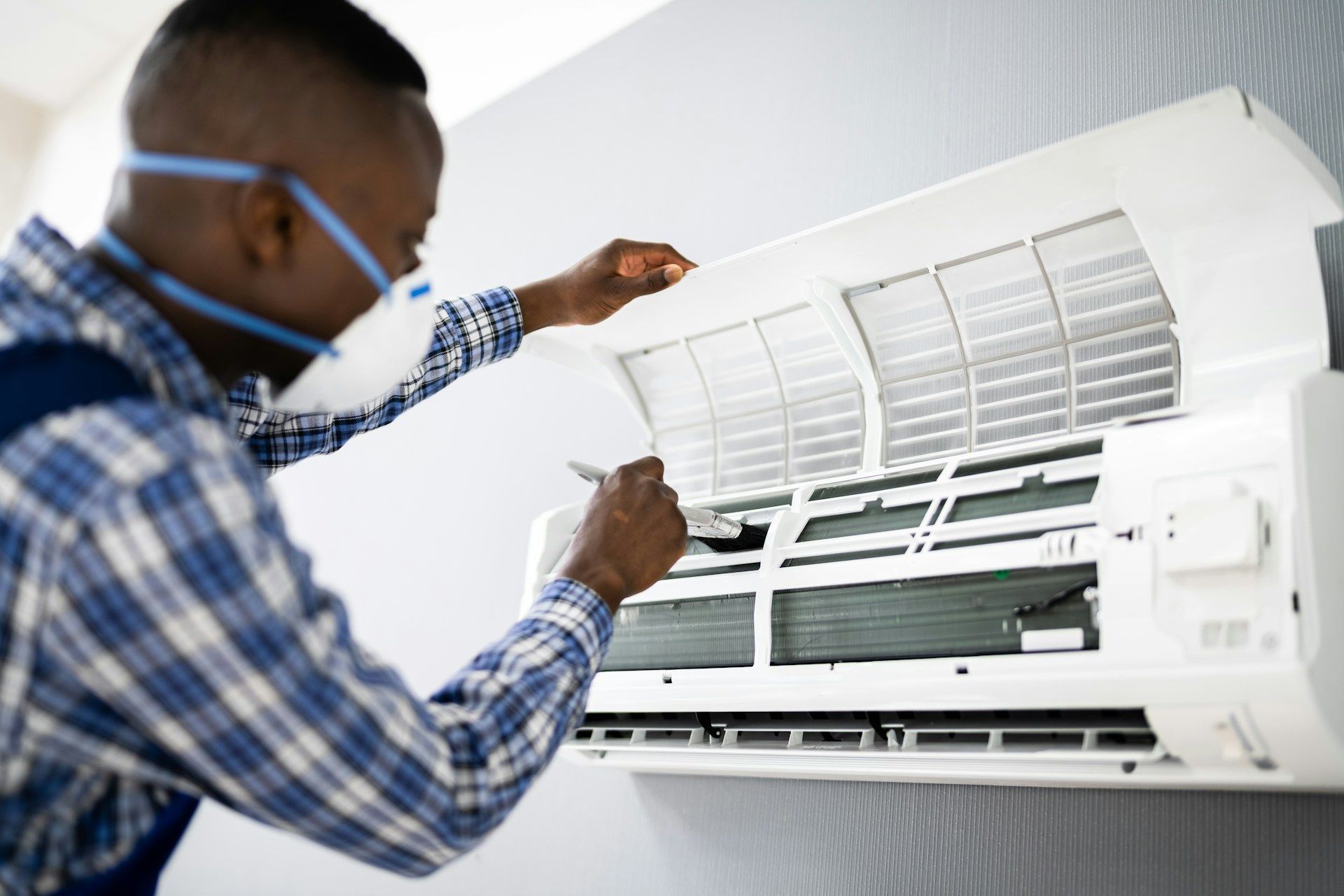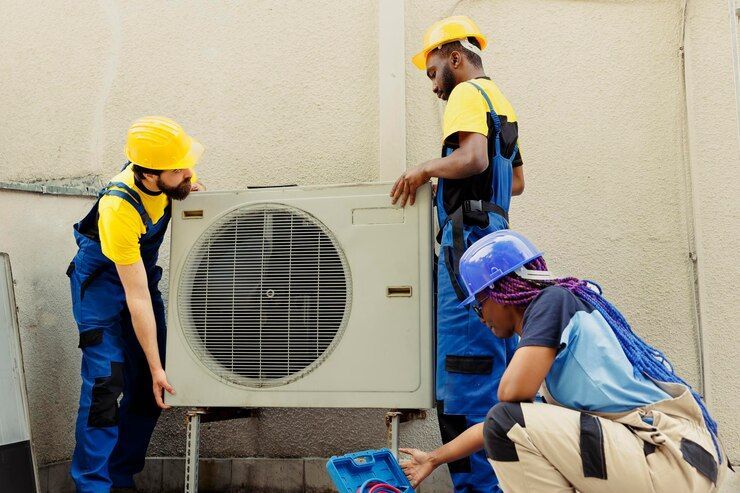Call or Text:
(270) 314-2158
Breathe Easier: Simple Tips to Reduce Dust at Home
Dust in your home can be a pesky problem, affecting everything from your space's cleanliness to the air you breathe. It can seem like a never-ending battle, but understanding where dust comes from and how to manage it can make a big difference. Pet dander, fabric fibers, and dirt tracked in from outside are some of the main culprits that contribute to a dusty home.
By adopting effective cleaning habits, you can capture dust before it settles. Using the right tools and techniques helps keep your home fresh. Air purifiers and humidifiers also play a crucial role in reducing airborne dust, creating a cleaner and healthier environment.
Exploring the role of your HVAC system is equally important. These systems can help manage dust distribution throughout your home. Regular maintenance and proper ventilation can significantly improve the air quality indoors. With a bit of effort and know-how, you can create a more comfortable and dust-free home.
Understand the Sources of Dust in Your Home
Dust in your home comes from many places. Understanding its sources is key to reducing it. Common sources include pet dander, which is tiny flakes of skin shed by animals, and fabric fibers from clothes, furniture, and carpets. Outdoor dirt can also enter your home through open windows or on shoes, adding to indoor dust levels.
Dust tends to accumulate in certain areas more than others. Carpets are major dust collectors because they trap fibers and dirt within their fibers. Upholstered furniture also holds onto dust, especially in seams and crevices. Curtains and blinds gather dust as well, often going unnoticed during routine cleaning.
Your HVAC system plays a big role in distributing dust throughout your home. When air circulates, it can move dust from one area to another, especially if filters are dirty or neglected. However, a properly maintained HVAC system can help reduce dust by trapping it in filters before it spreads. Regular checking and changing of HVAC filters can significantly control dust accumulation throughout your living spaces.
Develop Effective Cleaning Habits
Developing the right cleaning habits can make a huge difference in controlling dust in your home. The way you dust surfaces can either trap or spread dust around. To effectively capture dust, use a damp cloth or microfiber duster instead of dry dusters or cloths that can send particles flying back into the air.
Regular vacuuming is crucial, especially if you have carpets or pets. Use a vacuum with a HEPA filter to pick up more dust and allergens from floors and furniture. These filters are designed to capture small particles that basic vacuums might miss.
Don't forget to clean less obvious areas, too. Dust can accumulate on ceiling fans, inside vents, and around electronic equipment. Make it a habit to clean these spots every few weeks to keep dust levels under control. Keeping a consistent cleaning schedule and focusing on seldom-cleaned areas will help maintain a dust-free home.
Utilize Air Purifiers and Humidifiers
Air purifiers can be a great help in reducing dust in your home. Look for purifiers equipped with HEPA filters, which are specifically designed to trap small particles like dust, pollen, and pet dander. They work by pulling air through a fine mesh that catches these particles, leaving your indoor air much cleaner. Regularly maintaining these filters is essential to ensure optimal performance.
Another important factor in managing dust is humidity. Keeping the right humidity levels can minimize dust circulation. A home with very low humidity can create more dust since dry air causes particles to become airborne more easily. Conversely, too much humidity can encourage mold growth. A good range to aim for is between 30% and 50% humidity.
Choosing the right air purifier and humidifier can make a significant difference in air quality. Consider the size of the rooms you want to purify or humidify and match them with the capacity of the devices. Look for features like adjustable settings and timers to fit your lifestyle and needs. Assessing your home environment carefully will help you keep dust under control, creating a healthier indoor atmosphere.
Improve Home Ventilation and Filtration
Improving home ventilation and filtration is key to controlling indoor dust levels. Regular HVAC maintenance is vital. Change filters frequently to ensure dust doesn't circulate throughout your home. A clean filter traps more dust, keeping it from entering living spaces.
Sealing air leaks in your home helps keep dust out. Gaps around windows and doors can let in outdoor dirt and pollen. Use weather-stripping or caulking to seal these leaks. A tighter seal not only reduces dust but also improves energy efficiency by keeping your heating and cooling system more effective.
Better natural ventilation can also help. Open windows on opposite sides of your home to create a cross-breeze that flushes out stagnant air and brings in fresh air. Be strategic about when to open windows to take advantage of breezy days without too much pollen.
Making these improvements will contribute to a more comfortable and cleaner home environment, reducing dust particles and ensuring cleaner air for you and your family.
Conclusion
Taking control of dust in your home involves understanding its sources, adopting effective cleaning habits, and leveraging modern tools like air purifiers and humidifiers. Improving ventilation and filtration further helps maintain a cleaner living space. Regular attention to these areas not only enhances your family's comfort but also supports better health by reducing allergens and irritants.
As you navigate the journey towards a dust-free home, keep in mind the importance of a well-functioning HVAC system in managing indoor air quality. At Anytime Heating & Air, we ensure your HVAC system runs smoothly and efficiently to help you achieve the best air quality possible. Reach out to us today to learn how our
HVAC services in Owensboro can contribute to a healthier and more comfortable home environment.
© 2024 All Rights Reserved | Anytime Heating & Air


